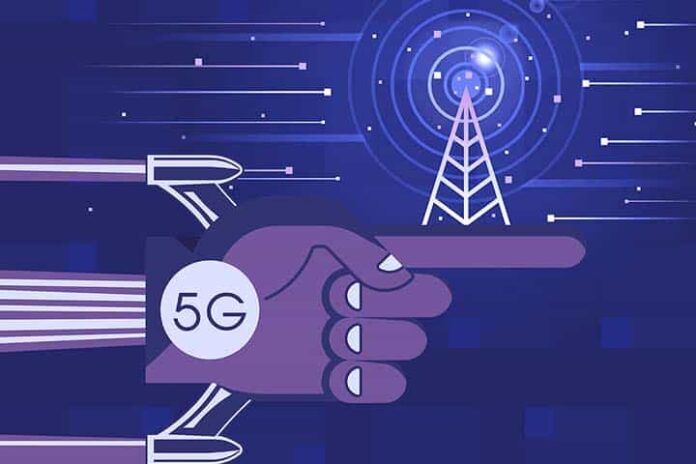Edge computing is one of the main technological trends and is one that will stick more strongly in 2021. This same year that we are finishing we have seen it grow at a good pace.
There are more and more obvious applications of this new approach to the Cloud that will enable large IoT solutions, autonomous cars, and intelligent infrastructure. It is precisely the demands of these solutions mentioned that make the presence of 5G networks essential to provide connectivity to all devices and guarantee low latencies, as well as more than enough bandwidth.
As we saw in other articles, 5G will make fully functional and safe autonomous cars a reality, and it will also make the IoMT ( Medical Internet of Things) viable. These two examples require the data transport capacity of 5G, but they also demand very low latency, which is what the new telephony standard is most powerful at.
Global 5G Networks Will Not Be Enough For Edge Computing
We will all be enjoying 5G in all its glory soon when planned deployments globally and in each country are completed. But this deployment and that infrastructure will serve millions of devices, and in some cases, it will be insufficient to make an enterprise edge computing infrastructure a reality.
We are talking about large companies, factories or factories that plan an Edge structure for their daily operations and that cannot depend on the coverage, say, “official” of the general operators.
In those cases, to ensure 5G connectivity, those large companies and institutions that implement edge computing will need to deploy private 5G networks. These private networks would provide coverage and services to the facilities, workers, and their own devices, and would be the key to making perimeter computing possible.
These private networks would be developed by companies such as Ericsson, Verizon and others that, in collaboration with cloud service providers, could make possible not only the implementation of a hyperlocal 5G network (at the organization level), but also provide resources, services, and Cloud tools to develop the activity.
Edge computing is the future of the IoT and, therefore, the key to the development of many companies and factories that rely on this Internet of Things to enhance their competitiveness, reduce costs and increase the reliability of both the assembly line and the supply chain.
Also Read: The Main Cyber Risks Of 5G


